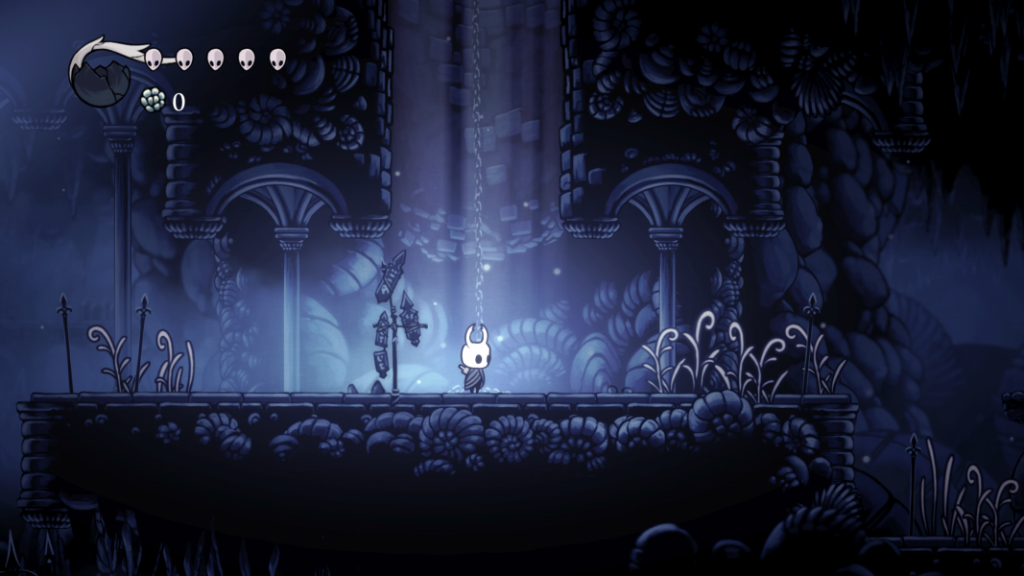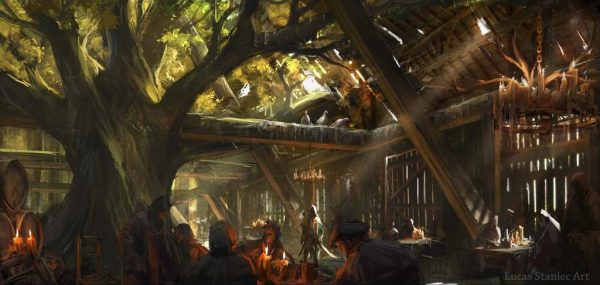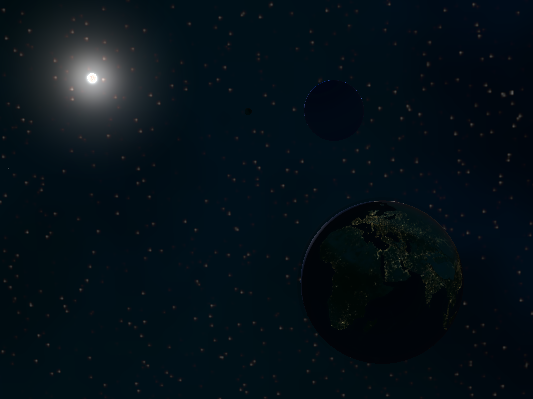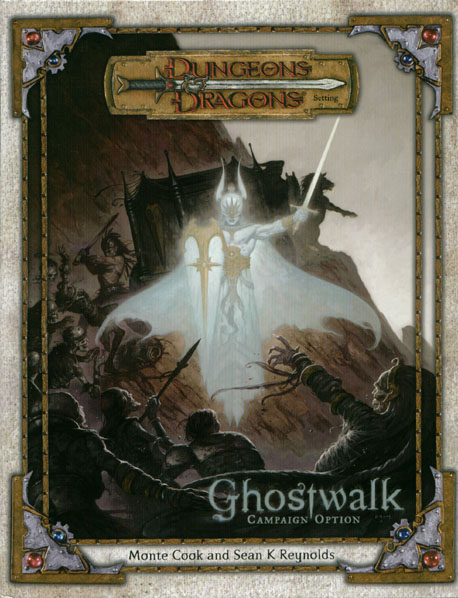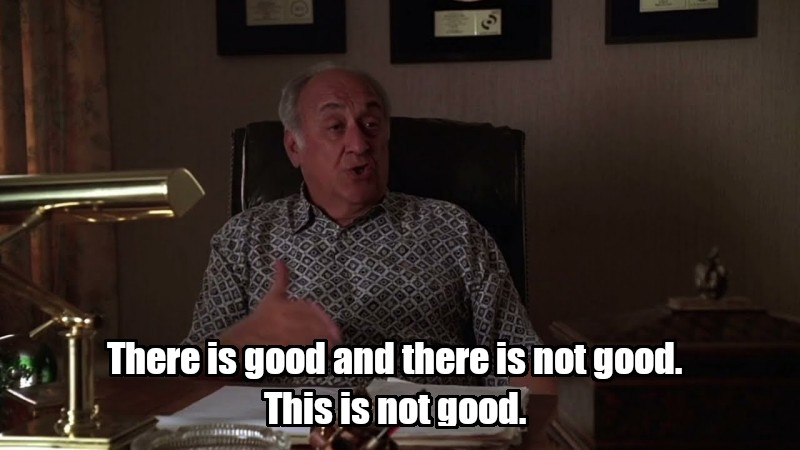A pun. I’m so clever.
Apparently there are still people who protest vocally when someone mentions that System Matters. Even though it should be totally obvious that it really does. Having recently started to get into the rules and mechanics of Dragonbane, I’ve been considering running my next Kaendor campaign with this system. I’ve really been a lot into the West Marches style of wilderness exploration for the last six years or so, especially since I really started to understand the Classic Dungeon Crawling structure that all the mechanics of B/X are designed around. OSE is a great way to let new players take a look at the game without having them to try understand the attack roll mechanic (which I still don’t understand to this day), and Shadowdark has some interesting new ideas to bring to that table. And both are a shiny new, or at least contemporary thing that new players have interest in to give a try. But all of these have a big problem for me and that is that they are still D&D.
And D&D has some really odd and specific assumptions about the game world that are hard wired at the most fundamental level and you can’t really replace without changing the whole premise of the game, regardless of edition, retroclone, or hack. The big ones for me are the linear level progression and the magic system. (Alignment is also stupid, but that one is actually easy to remove.) The are the main reasons why Barbarians of Lemuria has always lingered at the edge of my vision (it’s a bit too simple), why I kept looking at every new fantasy adaptation of Blades in the Dark, and why I really wanted Forbidden Lands to somehow work for my needs (it’s a bit too complex).
While I’ve been jumping from game to game in the hope to finally find the game that I want for my fantasy campaigns for many years (and in the end still always ended up with versions of D&D), Dragonbane now seems to be the most promising system I’ve come across yet. Maybe it finally is the one. I’ve been thinking for the last week about how a Dragonbane campaign set in Kaendor might look like, because the West Marches and Classic Dungeon Crawling structures simply don’t work in a system without XP. This had me reexamine the very question of how to complete the sentence of “You play as an X who does Y” for such a campaign. And finding an answer for that that works with the mechanics of the game significantly changes several quite basic assumptions of the Kaendor setting.
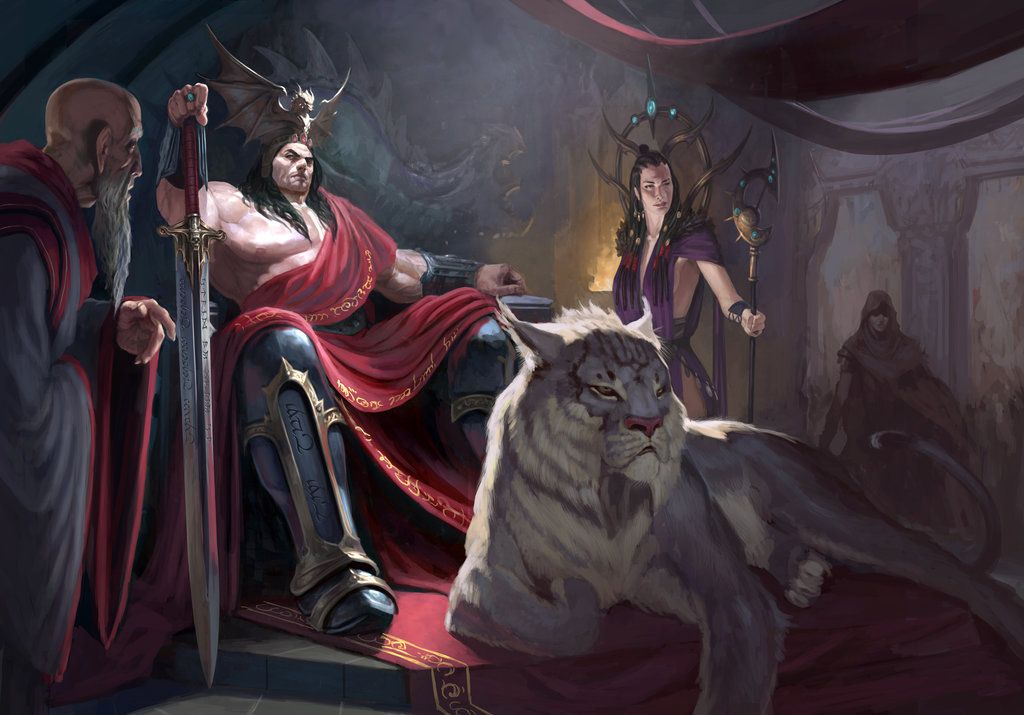 There are three things that stand out for me as making Dragonbane a fundamentally different game from D&D derived systems that require quite different things from the game setting to work with it. The lack of XP to incentivize certain behaviors like searching for treasure or looking for fights, the lack of character levels that creates a mechanical hierarchy of all the NPCs and PCs, and the lack of a distinction between sorcery and priestly magic.
There are three things that stand out for me as making Dragonbane a fundamentally different game from D&D derived systems that require quite different things from the game setting to work with it. The lack of XP to incentivize certain behaviors like searching for treasure or looking for fights, the lack of character levels that creates a mechanical hierarchy of all the NPCs and PCs, and the lack of a distinction between sorcery and priestly magic.
Though many groups reportedly have stopped using XP in their D&D 5th edition games and simply give PCs new levels when the GM thinks it appropriate, it’s still a fundamental aspect of the game, and one that is central and does a lot of heavy lifting in B/X. The promise that hauling treasures from dungeons will get the PCs XP on their return is what allows players to be proactive and take charge of the campaign. They know what their characters are after (treasure) and where it can be found (dungeons), and they have the tools to go and claim it. Go out gathering information on old ruins with potential treasures, pick one to get to, and decide which obstacles to challenge and which ones to avoid. If the game does not have a mechanic that ties character advancement to their treasure hauls, then players have no incentive to randomly check out any dungeon they become aware of and poke into every little crack and hole they find. This means the idea of adventurers as treasure hunters does not work, and with that dungeon crawl as a core campaign structure does not work either. Exploring dungeons can still be part of the game, but it would be to find one specific thing in the dungeon instead of exploring as much of it as possible. Anything that isn’t the Thing can be left behind, and after finding it the PCs can just leave. A hunt is quite different from an exploration. And because of this, I think making the game focused on a story is probably mandatory. (What I think that could look like while having the players be in charge of the campaign will be a later post.)
It probably wasn’t originally intended when D&D was first designed as pure dungeon crawling game, but having PCs advance in discrete levels which increase all their abilities at a somewhat linear rate, and having monsters defined similarly by their Hit Dice, created a hierarchical ladder of power for all the inhabitants of the game world. One that is inherently quantified through the game mechanics. Since all creatures in the game are meant to be a credible threat to PCs at some point in the game, newly made PCs start almost at the very bottom of the ladder, just a step above rats and goblins. And at some point it became commonly established that the character progression provided by the rules also applies for NPCs that inhabit the game world, and that there would be 15th level fighter and 17th level wizards out there who could single handedly take out entire armies by themselves. And logically these NPC heroes would be important powerful leaders of the game world whose deeds shape history. Logical and reasonable, but this means that new 1st level characters are nobodies. And 5th level characters are probably still nobodies who don’t appear on the radar of the great and mighty. This greatly limits the kind of stories you can tell in a newly started campaign, or you would have situations where the great heroes of the realm do nothing and wait for random nobodies to solve the great crisis, or the PCs grow to great power in a matter of weeks, though it took the great heroes decades to do so. There is of course always the option to just start a campaign at a higher level, but to many people like me, getting what is supposed to be an award for accomplishments for free feels unearned and takes the fun out of playing at higher levels and continuing to advance further. In a skill based game you cab of course count all the skill ranks of PCs and NPCs and put them in a sorted list (though Dragonbane NPCs only have two or three out of 30 skills listed in their stats). But a character with 16 in a dozen skills and just 5 in combat can still be hopelessly outmatched in a fight with a character with 14 ranks in combat. Different characters can have different skills rise at completely different rates. Having an NPC reach maximum ability in one area does not automatically raise all the other abilities as well. This feature means that a newly made PC can start with a 14 in a few important skills and quickly raise them to 16, and already be in the same league as the great masters in the respective field. While still being very far away from having reached maximum advancement. To me, this opens all kinds of doors to have PCs start the campaign as important heroes of fame who walk in the halls of kings without having to skip over a major part of the character progression.
The fact that Dragonbane has only a single magic system in which any character can learn access to the spells of the three magic schools has a huge impact on the presence of the supernatural in the Kaendor setting. My approach had long been that there are no clerics in Kaendor and while I had considered letting mages have access to healing spells, I eventually decides that priests are instead people with no magic power of their own, but can command the magic of sacred holy sites on which their temples are build. It’s a concept from the D&D Companion Rules that allows the nonhuman peoples to have priest magic in their towns without the ability to have cleric characters, by essentially giving an ordinary person access to a powerful magic item that is locked in place inside the town. It’s a cool concept, but when any PC can learn access to the Animism school and the healing spells, then the whole concept becomes redundant. It even means that any witch or sorcerer could learn healing spells and there’s nothing inherently divine about them. Which I think suits me quite well. But I still will have to fully reconsider the role of magic spells in society if I want to run Kaendor campaign with Dragonbane.

